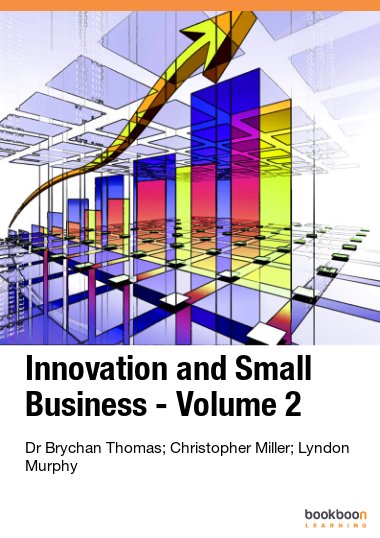On the global stage small businesses are represented in many different communities. At a UK and EU level small businesses are defined as having 10-50 employees and offer considerable scope for innovation and productivity. Additionally, the European Union Research and Advisory Board (EURAB, 2004) has provided a helpful typology in terms of the amount of R&D that is undertaken. Four basic categories provide insight into the level of use and the extent of R&D that is conducted. A basic category of some seventy percent of small businesses undertake little or no R&D; about twenty percent are technology adopting adapting existing technologies as low innovative businesses; less than ten percent combine or develop existing technologies at an innovative level; and less than three percent are involved in high level research. The distinctive characteristics of, and pathways into, leading technology users as they attain a critical market edge therefore require identification.
Small businesses that are early adopters of more advanced technology applications tend to be more entrepreneurial in their growth strategies and core opinion formers in their networks (Cohen and Levinthal, 1990; Zahra and George, 2002; Gray, 2006). They are likely to conduct more research and R&D or adapt technological applications to their requirements than other small businesses. It is therefore hoped that this second volume will provide a greater understanding of these innovation dynamics for small businesses in industrial settings.

